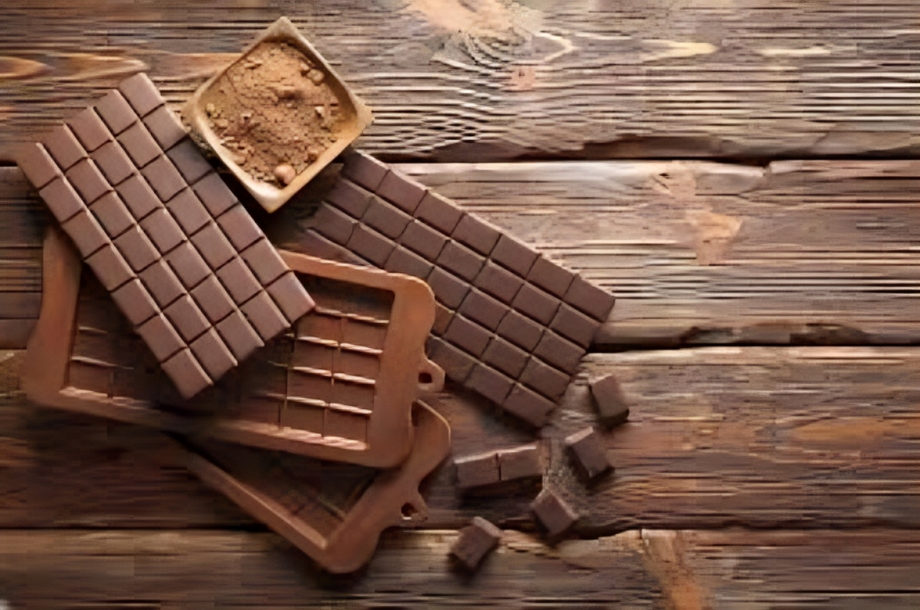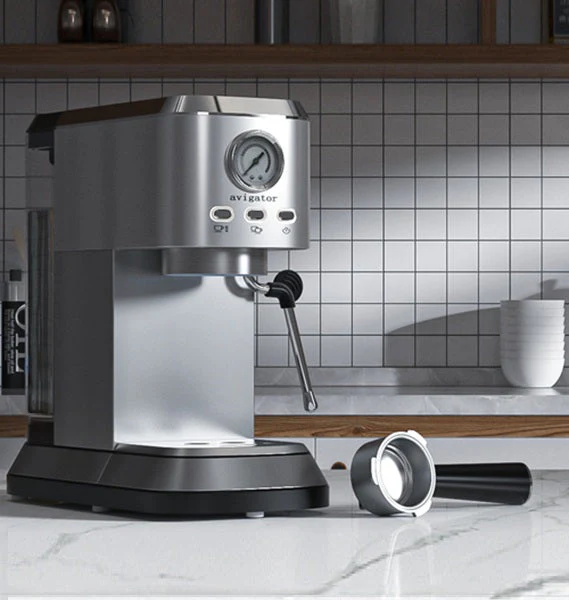Toughened Glass: Strength, Safety, and Modern Style

Toughened Glass: Strength, Safety, and Timeless Style
Glass is one of the most versatile materials in modern design, adding light, openness, and elegance to both residential and commercial spaces. But not all glass is created equal. For areas where strength and safety are essential, toughened glass stands out as the ideal choice.
Also known as tempered glass, toughened glass is specially manufactured to be far stronger than standard glass while significantly reducing the risk of injury in the event of breakage. Whether for home renovations, office partitions, or custom furniture, understanding this material can help you make the right choice for your project.
What Is Toughened Glass?
Toughened glass is a type of safety glass created through a controlled heating and cooling process that changes its internal structure. The result is glass that is up to five times stronger than regular annealed glass of the same thickness.
Its safety feature lies in the way it breaks—when subjected to extreme force, toughened glass shatters into small, blunt fragments instead of sharp, jagged shards. This greatly reduces the risk of serious injury.
The Manufacturing Process
The process of producing toughened glass is precise and must be carried out before the glass is installed, as it cannot be altered afterward. The main steps include:
-
Cutting and Shaping – Glass sheets are cut to the exact size and shape required.
-
Edge Processing – The edges are smoothed or polished to eliminate weak points.
-
Heating – The glass is placed in a tempering furnace and heated to temperatures over 600°C.
-
Rapid Cooling – High-pressure air jets cool the outer surfaces quickly while the inner core cools more slowly. This creates a strong layer of compression on the surface and tension within, giving the glass its strength.
Once toughened, the glass cannot be cut, drilled, or reshaped without breaking.
Key Advantages of Toughened Glass
Toughened glass offers multiple benefits that make it a preferred choice for a wide range of applications.
1. Enhanced Safety
When broken, it forms small, rounded pieces that are far less likely to cause injury.
2. Superior Strength
It can withstand higher levels of impact and stress compared to regular glass.
3. Heat Resistance
Toughened glass can endure high temperatures and sudden temperature changes, making it suitable for kitchens, bathrooms, and outdoor use.
4. Versatile Design Options
Available in clear, frosted, tinted, and patterned finishes, it can suit modern, minimalist, or traditional interiors.
5. Low Maintenance
Its smooth surface is easy to clean and resistant to staining.
Common Applications
Thanks to its durability and safety, toughened glass is used in a wide variety of settings, such as:
-
Shower Doors and Screens – Moisture-resistant, safe, and stylish.
-
Balustrades and Railings – Adds a sleek look to staircases, balconies, and terraces.
-
Tabletops and Shelving – Strong enough to support weight without sacrificing style.
-
Windows and Doors – Especially in high-traffic areas or buildings exposed to strong winds.
-
Storefronts – Offers clear visibility while providing extra strength against impact.
-
Vehicle Side and Rear Windows – Designed to protect passengers in case of impact.
Toughened Glass vs. Other Glass Types
When deciding on the right glass, it helps to compare different options.
| Glass Type | Strength Level | Safety Level | Cost Range | Common Uses |
|---|---|---|---|---|
| Toughened Glass | High | Excellent | Medium | Doors, partitions, furniture |
| Annealed Glass | Low | Low | Low | Small windows, picture frames |
| Laminated Glass | Medium | Very High | Higher | Skylights, windshields |
| Wired Glass | Medium | High | Moderate | Fire-rated windows |
Toughened glass often strikes the best balance between strength, safety, cost, and appearance.
How to Identify Toughened Glass
If you need to check whether glass is toughened, here are a few methods:
-
Etched Safety Mark – Look for a manufacturer’s stamp in one corner.
-
Polarised Light Test – When viewed through polarised sunglasses, toughened glass often reveals distinctive stress patterns.
-
Edge Finish – Toughened glass usually has smooth, polished edges.
Caring for Toughened Glass
While toughened glass is highly durable, proper care will extend its lifespan:
-
Clean with Gentle Solutions – Use mild soap or approved glass cleaners.
-
Avoid Harsh Abrasives – These can scratch the surface.
-
Protect the Edges – The edges remain the most vulnerable part of the glass.
-
Do Not Modify After Toughening – Any cutting or drilling will cause the glass to shatter.
Environmental Benefits
Toughened glass is 100% recyclable, although it requires specialised recycling facilities. Once processed, it can be repurposed into construction materials, tiles, or fiberglass, making it an eco-friendly choice for sustainable building projects.
Final Thoughts
Toughened glass offers a unique combination of strength, safety, and style. Its ability to resist impact, withstand heat, and break safely makes it an excellent choice for everything from home interiors to commercial architecture.
Whether used for a minimalist glass railing, a durable tabletop, or a frameless shower enclosure, toughened glass delivers performance and aesthetics in equal measure—making it one of the most reliable materials for modern design.








